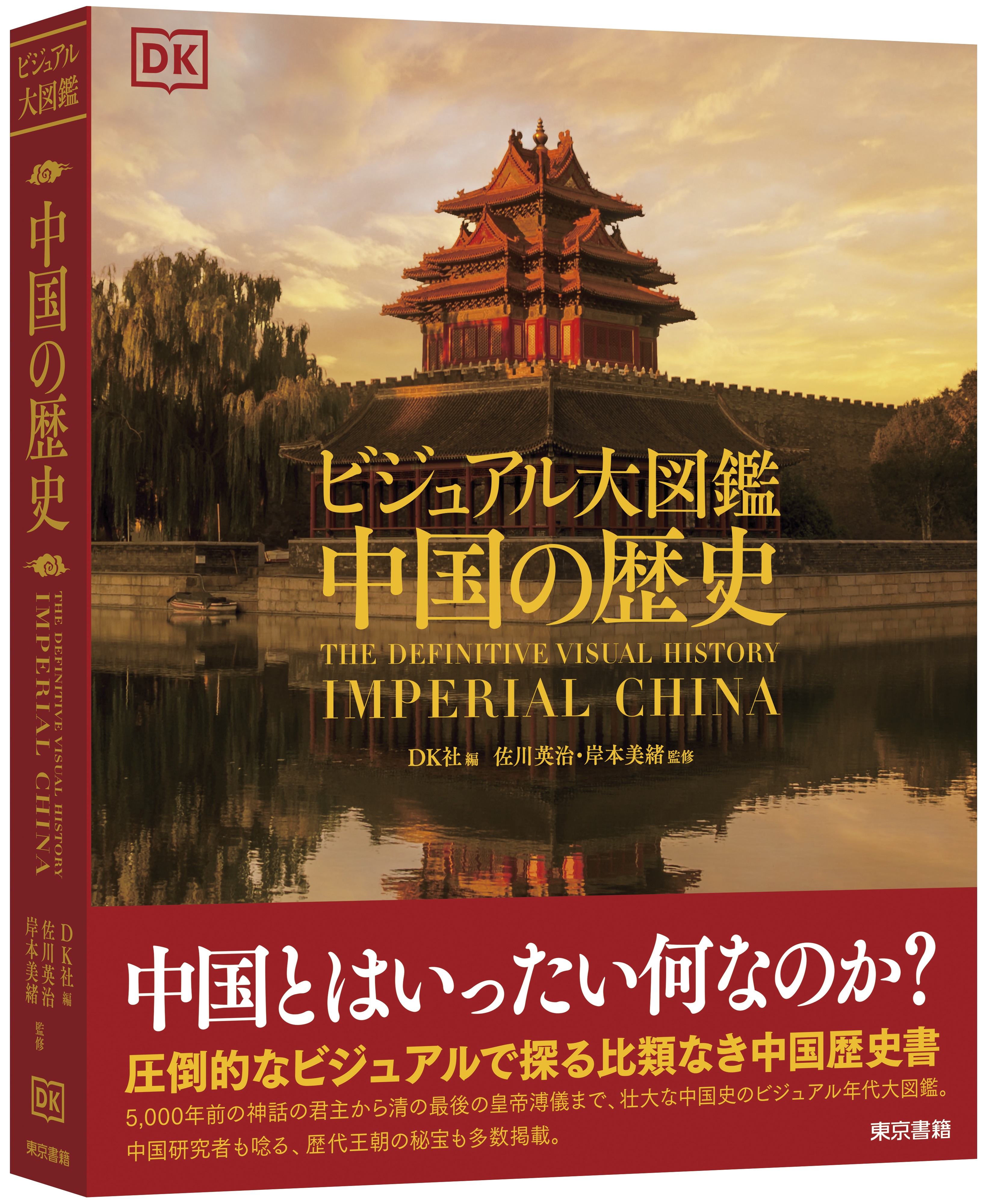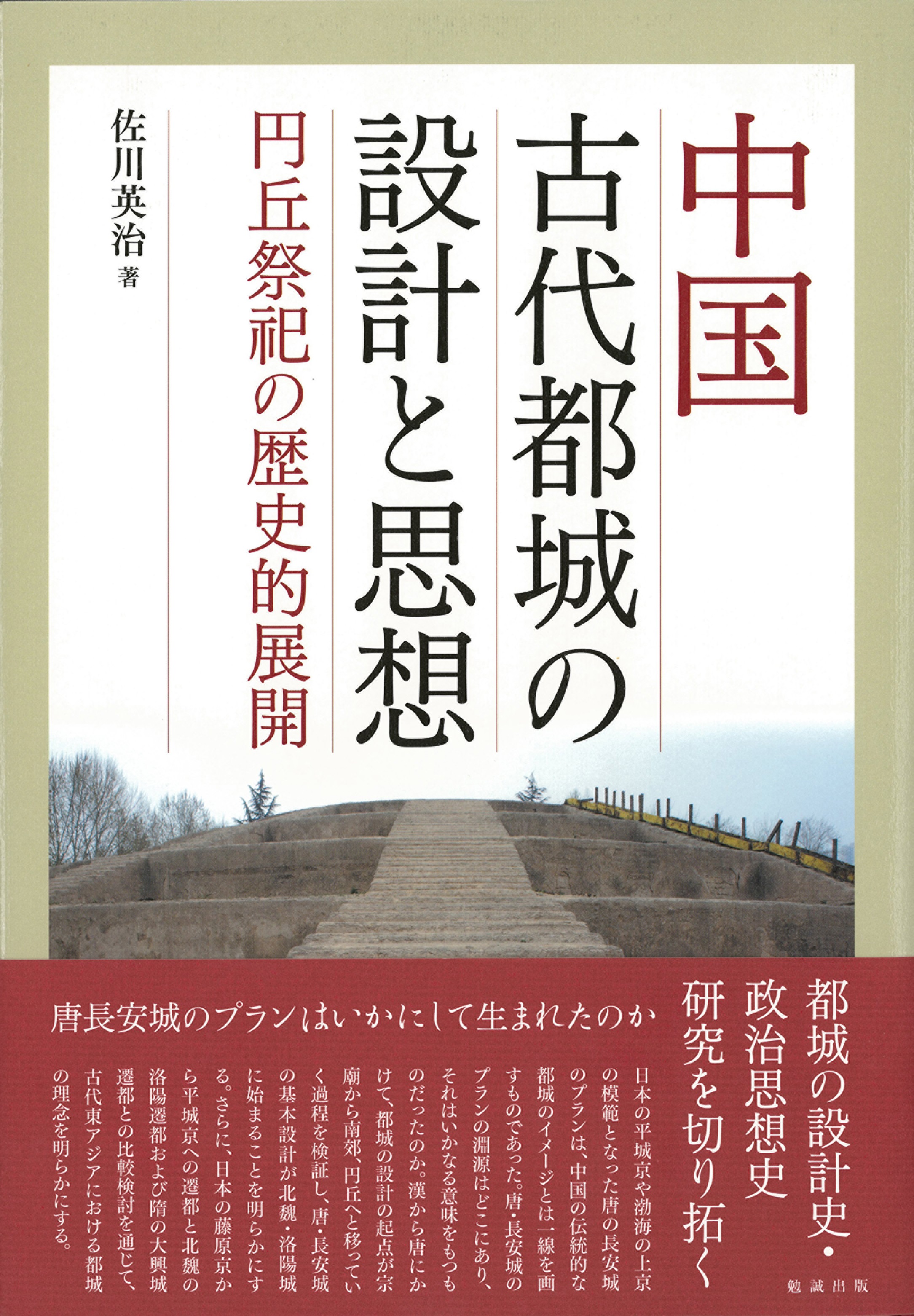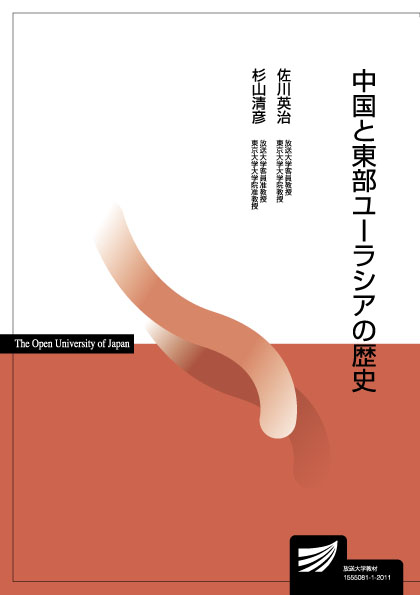
Title
Visual Dai-Zukan: Chugoku no Rekishi (Imperial China: The Definitive Visual History)
Size
400 pages, 240x287mm, hardcover
Language
Japanese
Released
March 09, 2022
ISBN
978-4-487-81441-1
Published by
TOKYO SHOSEKI
Book Info
See Book Availability at Library
Japanese Page
My first impression upon seeing the original English version of this encyclopedia, with its modern, beautiful, lavish illustrations, was that it was like a book version of the Palace Museum at the Forbidden City, which houses treasures of Chinese culture. This tome is the fruit of a years-long collaboration between British publisher DK, which specializes in illustrated guides about everything from art to hobbies and sports, and the Encyclopedia of China Publishing House, the publisher of the most authoritative encyclopedia in China. As a standalone picture book about Chinese history, it is more comprehensive than anything else to date, and it is unlikely to lose its standing for some time to come as a volume worthy of being recommended for students and those who are interested in Chinese history to keep on their shelf. I find value in this book as well. It includes rare Chinese artifacts that I had never seen before, and as one might expect from a book edited in the UK, it features numerous gems that are housed in Western museums. A sweeping overview of history is presented with professorial expertise, spanning seven chapters interspersed by explanations and illustrations highlighting distinctive aspects of Chinese culture, such as Confucianism; Sun Tzu; the Iron Age; the art forms of calligraphy, tea, religious sculpture, and porcelain; medical progress; and Chinese opera. One of the appendices is an unparalleled and uncommonly meticulous “Directory of Rulers” that enumerates every single monarch in history, from those of legend to Puyi, the final emperor of the Qing dynasty, and even unnamed monarchs.
Incidentally, I went to the “Terracotta Army and Ancient China: Heritage of the Qin and Han Dynasties” exhibition at the Ueno Royal Museum in Tokyo the other day, and there was quite a turnout. This book was on sale in the museum’s souvenir shop. It would certainly be a good reference source for viewing a museum exhibition related to China. For example, the dàigōu on page 38 are what would today be called belt buckles, and we can see from the belts of the terracotta army generals that the real army generals did use these at the time to fasten their belts. That was already known, but if you look closely at the terracotta army, it seems that the picture in the book may be flipped horizontally; the part with the hook should be to the wearer’s left. I recently noticed this and felt guilty for my carelessness as editor-in-chief. Nevertheless, compared to the English-language original, Imperial China: The Definitive Visual History (the 2020 US version), the illustrations and explanations in this version have been heavily revised. If you get a chance, please flip through the pages of the English and Japanese versions side-by-side—you may notice some interesting differences.
(Written by SAGAWA Eiji, Professor, Graduate School of Humanities and Sociology / 2023)
Related Info
Imperial China: The Definitive Visual History (DK Books 2020)
https://www.dk.com/uk/book/9780241388327-imperial-china/



 Find a book
Find a book








